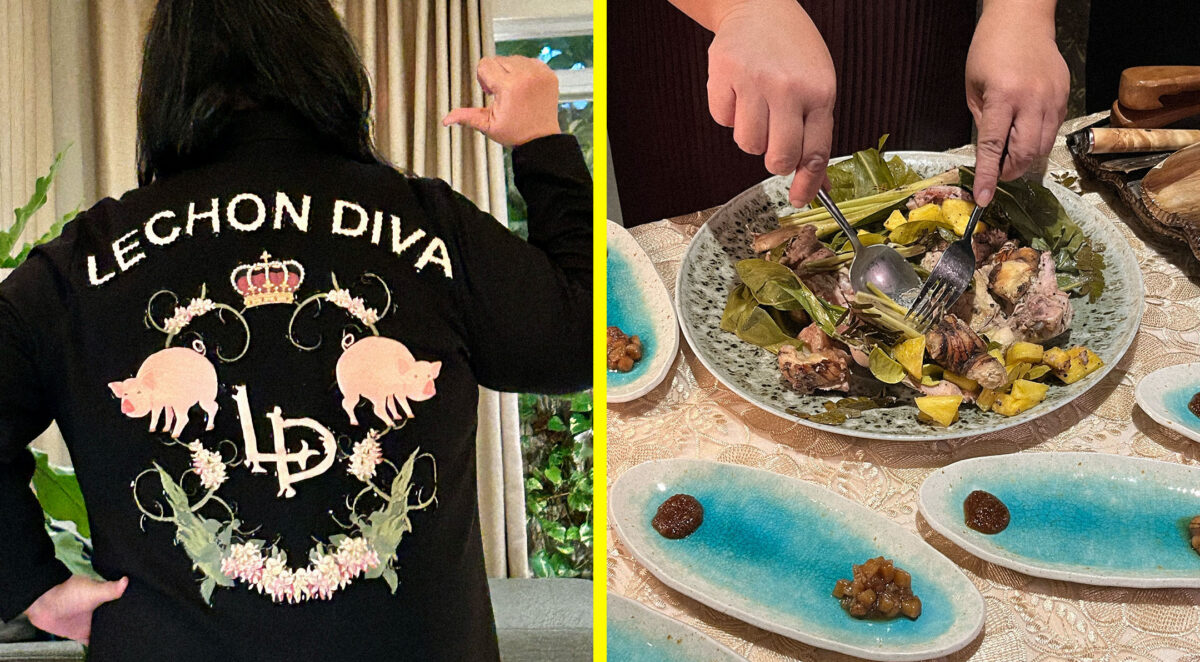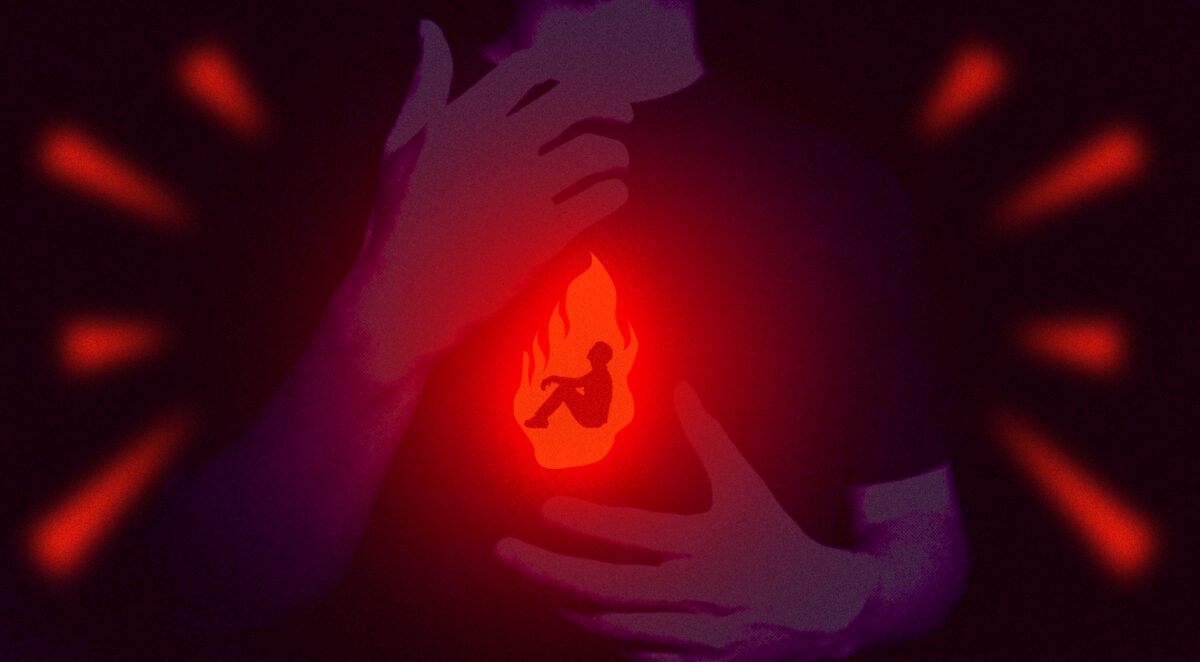A recent estimate reveals that the average viewer sees roughly 2,300 commercials per month. Better still, include the daily dosages of shocking news headlines on bloody events around the world.
The real Cut-Thru lies in the area of substance (or content, or take out, or message). You must come up with a Cut-Thru message.
Today, technology for most products is not the exclusive province of big global manufacturers. Upstarts have easy access to the same product manufacturing capability. Hence, most product benefits become look-alikes. Consumers are getting more and more sophisticated.
How do we approach the Cut-Thru in the area of substance?
Be familiar with the total clutter—particularly the category and competing brand clutter. Look for similarities and differences in consumer benefits, verbally spelled out or implied. It’s easy to weed out surface claims which are surfeit and generic, such as: tastes delicious, cleans whitest, cures fast, softens skins, grooms hair and lasts long. These are the claims that have crisscrossed many product categories since time immemorial.
Magic door
While it is true that there are very few originals in this world, something surprising, something interesting, something moving for the consumer will always crop up from the brains of insightful and imaginative creators. This eureka lies in content or substance.
To break the clutter, there’s a magic door you can open.
That door is human nature. The deeper your insights into your consumer the closer you are in touching “the raw nerve.”
The Shakespearean tragedies are filled with deep insights on human behavior. The recklessness and passion of young love in “Romeo and Juliet,” and the insecurities of Hamlet have always gripped audiences of all nationalities. Jose Rizal’s “Noli Me Tangere” vividly presented to our grandfathers the evils of colonialism, stirring our racial pride to rebellious heights.
Looking beyond for substance
In marketing, it is insights on human nature which grant the creator of advertising the privilege of discovering the depth and width of consumer motivation. In a parity situation, the product features do not provide the motivation for a choice. You must look outside for substance.
Here are some behavioral patterns from which the copywriter can draw individual insights, ideas and point views: the challenges of change in the social order, the rewards of upgrade in lifestyle, the subconscious need to be important and admired, the masochistic thrill of a struggle to succeed, the adventure in rugged individualism, the warm balm of time-honored family values, the exhilaration of racial pride, the battle of good and evil, the kindness and generosity of the human heart, the preservation of the species, the primeval instinct of the male gender to hunt and the female to nurture, faith in God and the strength of a deep spiritual life, the Freudian suggestion that the husband’s two-door BMW is a substitute “mistress,” the reactivation of the salivary gland at the mention of langhap-sarap hamburger, and many others for you to unearth.
With human nature as your source of insights, the task of creating the most persuasive message becomes more adventurous and risky, because you’re usually dealing with something consumers don’t know yet. You are reawakening a desire that is in hibernation.
Take risks
Most of the time, conventional product and consumer research deals with present preferences and biases, time-proven approaches and techniques. On the other hand, Cut-Thru creative take big risks because they exist outside of formulas.
That’s why to excel in advertising you have to get out of the confines of advertising. You must mentally live in the outside world to be a true resident of a market village, participating in the joys and sorrows, failures and success, hunger and fulfillment of your relatives, neighbors and friends. It’s your sensitivity to feel and think like a villager that will allow you to recognize insights.
Finally, when you’ve arrived at Cut-Thru strategies and executions, be gung ho! It’s the ultimate thrill. Here are a few tips to see you through successfully to the finish line.
Trust your instinct. Your target audience is intelligent. They have the capacity to process your message and draw a conclusion that’s favorable to the task, whether in thought or in action. Walt Disney, Steven Spielberg and Michael Jackson made piles of money because they understood the unlimited capability of the human mind to enjoy rule-breaking ideas.
Guard the integrity and clarity of your message in the production process. Keep the execution coherent. The simpler the better. The substance usually dictates the right structure. A strong idea is pure in substance and bereft of decorations and digressions.
The consumer is king. Argue for the consumer. Do not talk in stilted marketing jargon. Use consumer talk during the presentation. Plain and homey. Situate the advertising amid the realities of the consumer’s everyday life. We are talking to a consumer. Not to ourselves. Not to our bosses.
It’s an art to sell Cut-Thru creative. Study your client well. Estimate his minimum and maximum tolerance. Customize your presentation to win his approval. Hype your optimism. If he’s seasoned and entrepreneurial, your chances are high. Cut-Thru creative are the most exciting experience for the agency, client and customer. Cut-Thru creative are usually a nothing-to-lose but everything-to-gain situation for the brand.
Do your homework. Believe in your cause. Ignore dilettantes, philistines and amateurs who defend cowards and status quos.
If in spite of everything, you fail to get an approval, don’t sulk. Laugh at yourself. Taking yourself too seriously means you have a big ego. Ego has no place in the service business.
Email the author at hgordonez@gmail.com











































